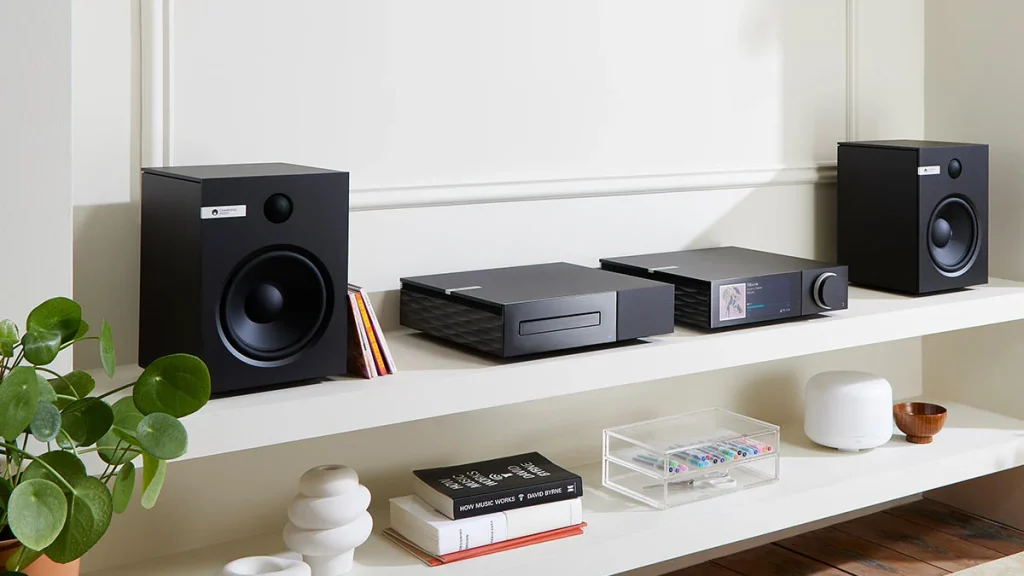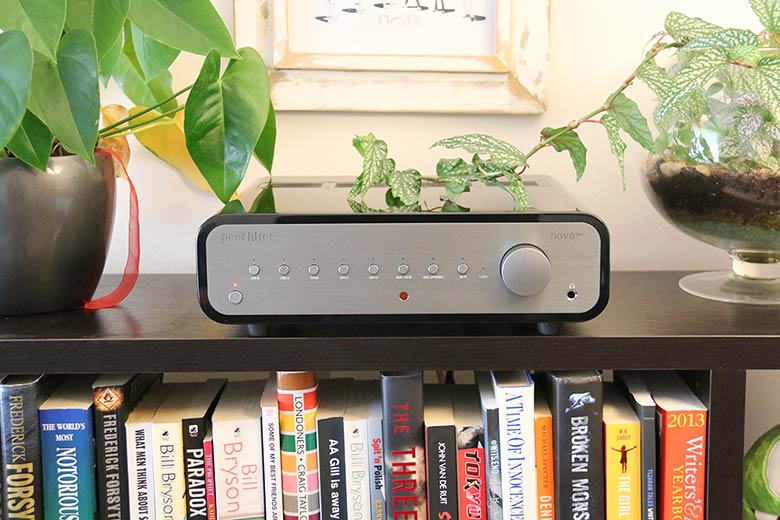and avoiding equipment damage. In this guide, we’ll break down how to choose the right power,
impedance, and sensitivity combination to get rich, distortion-free sound from your setup.
Whether you’re building a new stereo system or upgrading an old one, this article will walk you
through the process — with real product examples to make your decision easier.
If you’re still shopping for an amp, don’t miss our detailed guide on the
best amplifiers under $1000.
Affiliate Disclosure: AmplifierZone is reader-supported. As an Amazon Associate, we may earn commissions from qualifying purchases at no extra cost to you.
Why Matching Matters
Amplifiers and speakers are like a partnership — they need to work in balance. If your amp is too weak,
it can distort at higher volumes. If it’s too powerful, it can blow your speakers. The key is finding
the “sweet spot” where both operate efficiently.
Step 1: Check Power Ratings
Every amplifier lists its wattage output per channel (e.g., 60W × 2 at 8Ω).
Your speakers will have a recommended power range (e.g., 20–100W).
Try to choose an amplifier whose output power sits within that range — ideally toward the middle.
| Speaker Power Range | Recommended Amplifier Output | Example Amplifier |
|---|---|---|
| 20–80W | 40–60W per channel | Yamaha A-S301 |
| 30–100W | 50–70W per channel | Denon PMA-600NE |
| 50–150W | 80–100W per channel | Yamaha A-S701 |
Tip: Aim for an amp that delivers about 60–70% of your speaker’s maximum wattage.
Step 2: Match Impedance (Ohms)
Impedance measures how much resistance a speaker presents to an amplifier. Most home speakers are rated
at 8Ω (ohms), while some are 4Ω or 6Ω.
Always ensure your amplifier supports the speaker’s impedance — check the back panel or manual.
Learn more about the technical side of this in our detailed
amplifier impedance guide.
- ✅ 8Ω speakers → Safe for nearly all modern amplifiers.
- ⚠️ 4Ω speakers → Use an amp rated for 4Ω loads, like the
Cambridge AXA35.
Step 3: Consider Speaker Sensitivity
Speaker sensitivity (measured in dB) tells you how efficiently a speaker converts power into volume.
A higher number = louder output from the same amplifier power.
For related recommendations, check our
best bookshelf speakers for home audio guide.
- 🔉 85–88 dB → Needs more amp power (50–100W).
- 🔊 89–92 dB → Medium power (30–70W) works well.
- 📣 93 dB+ → Efficient; even 20–40W amps sound great.
For example, pairing a Yamaha A-S301
with ELAC Debut 2.0 B6.2 speakers
(87dB sensitivity) is an excellent mid-range setup for most living rooms.
Step 4: Don’t Forget Room Size
The size and acoustics of your room drastically affect how much power you need.
- Small Room (100–200 sq ft): 30–50W per channel amp like
Cambridge AXA35. - Medium Room (200–400 sq ft): 50–80W per channel amp such as
Denon PMA-600NE. - Large Room (400+ sq ft): 80–120W per channel amp like
Yamaha A-S701.
Common Mistakes to Avoid
- ❌ Using underpowered amps at high volume — causes distortion and tweeter damage.
- ❌ Ignoring impedance — mismatching loads can overheat amplifiers.
- ❌ Placing speakers too close to walls — affects bass response and clarity.
Quick Matching Examples
| Speaker Model | Recommended Amplifier | Buy Links |
|---|---|---|
| ELAC Debut 2.0 B6.2 | Denon PMA-600NE | Balanced pairing for small–medium rooms |
| Klipsch R-51M | Yamaha A-S301 | Excellent for bright, dynamic sound |
| Q Acoustics 3020c | Cambridge AXA35 | Neutral pairing for accurate imaging |
Final Advice
Matching your amplifier and speakers doesn’t have to be complicated — just balance power, impedance, and
sensitivity. If in doubt, choose a well-built amplifier slightly more powerful than your speaker’s
mid-range rating. This gives you clean headroom without distortion.
For a reliable all-rounder setup under $1,000 total, try pairing:
Yamaha A-S301
with ELAC Debut 2.0 B6.2 speakers —
an ideal combination for clarity, power, and warmth.
Explore more setup and audio improvement tips in our buying guides section.
Disclosure: Some of the links above are affiliate links. If you purchase through them, we may earn a small
commission at no additional cost to you.


